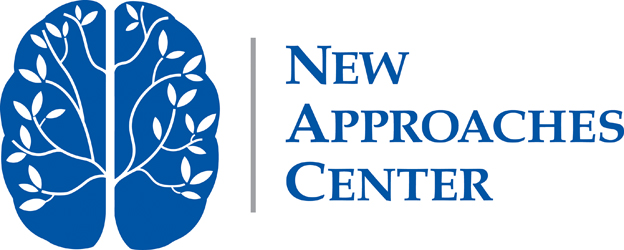Physical Therapy After a Traumatic Brain Injury
With Traumatic brain injuries, there can be a number of problems caused that affect the musculoskeletal and neuromuscular areas of the body. These problems can cause issues with the abilities to move, headaches, neck pain, and function in daily life. At New Approaches, there are specific goals with physical therapy. Our focus is on the neck and shoulder areas to reduce any effects a person has had after a traumatic brain injury.
Improved neck mobility is a focus due to muscle guarding and tightness. Compression to spine and nerves can occur due to muscle tightness. Muscle guarding is a common problem due to pain and can cause lack of mobility in neck and increase pressure on nerves throughout cervical spine. Manual therapies and stretches can be implemented to improve overall mobility and reduce compression to cervical spine. Relaxation techniques are taught to reduce muscle tone and maintain flexibility.
Strengthening is an important part to brain trauma recovery. Increased muscle strength can improve the stability of neck areas as well as overall posture and body mechanics. It’s also used to focus on full ranges of motion in neck and shoulder areas. Education and awareness of proper movements and posture can be key in a persons recovery.
Various therapeutic techniques are used to reduce headaches and nerve pain. A combination of manual therapy, ultrasound, electrical stimulation, and stretching can be used to reduce nerve and tissue inflammation and promote healing to head and neck areas.
Patients can also suffer from balance, dizziness, and vertigo issues. We have specific treatments and activities to improve a persons overall balance and movement. There are also specific physical therapy exercises and maneuvers to treat vertigo and it’s symptoms.
At New Approaches, our goal with physical therapy is to provide treatment that will get a person back to, or as close as possible, to prior levels of daily function. Home exercises are used throughout therapy and to increase independence once therapy goals have been met or nearly achieved. We want to provide people with the tools to get back to the lives and activities they previously enjoyed.
